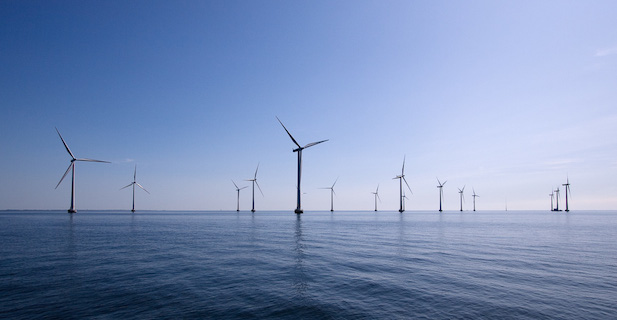The following is a guest post from Student Energy, a not-for-profit organization dedicated to creating the next generation of leaders that will help transition the world to a sustainable energy future. The article, written by guest blogger Nina Zholudeva, discusses the 6 key lessons that we can learn from Sweden to vastly increase our renewable energy deployment, and accelerate our transition to a clean economy future.
How to Expand Renewable Energy: Six Lessons from Sweden
Have you ever thought that your body can become a clean source of power? Every day you consume food, which your organism transforms into energy. Some of it is needed to support life, but eighty per cent escapes outside in the form of heat. Even at rest, you normally emit about 100W. Just imagine that you could absorb this wasted heat and, to the disappointment of your energy company, start powering, for example, your laptop computer (60W) free of charge. Does this sound like a sci-fi fantasy? Definitely not, if you are a Swede. The technology for capturing excess body heat has already been employed for a number of years at Stockholm’s Central Station. And it has significantly lowered the energy costs of the nearby office building, to which the system delivers heating.
Imagination-defying energy solutions is not the only thing that can wow you in Sweden. Today this flourishing economy is one of the least dependent on fossil fuels states, too. Renewable energy (hydropower, biomass and wind) satisfies more than half of the country’s energy demand, nuclear power meets another 13%. Besides, it also knows how to manage waste super smartly: 99% of its household garbage is either recycled, or used to produce energy. No wonder, Sweden is ranked one of the cleanest countries in the world. The Swedish achievements are impressive. Can other countries repeat its success? Sweden is ready to offer them some lessons!
45 years ago Sweden used to rely extremely heavily on cheap foreign oil, which was almost the only source for heating and transportation and also a fuel for power generation. Everything looked okay until the oil shocks of the 1970s, that led to price volatility and supply interruptions. The oil crises really scared Swedes, who hate being dependent on others. The Swedish government vowed to substitute oil with energy sources that could be found in Sweden and was ready to spend whatever it takes to achieve it. With almost no hydrocarbon reserves available in Sweden and no potential for further expansion of hydropower, the only viable option to replace oil was nuclear and renewable energy. So…
Lesson #1: Expansion of any energy source in the first place requires strong political support and state subsidies.
The first thing the Swedish government did was invest in nuclear and clean energy R&D. It was found out that nuclear power could significantly boost the electricity generating capacity, while large Swedish forests would become a perfect source for heating. Nuclear power started expanding in Sweden. At the same time oil boilers were redesigned to use biomass (mostly forest residues and later on also waste). Thanks to the district heating networks, which delivered heating to many houses in Sweden, the biggest part of the population was now warmed up not by oil but biomass. Thus… Read more on Student Energy’s website.
Header image source: Image taken by Flickr user axelivarsson, licensed under CC BY-ND 2.0

